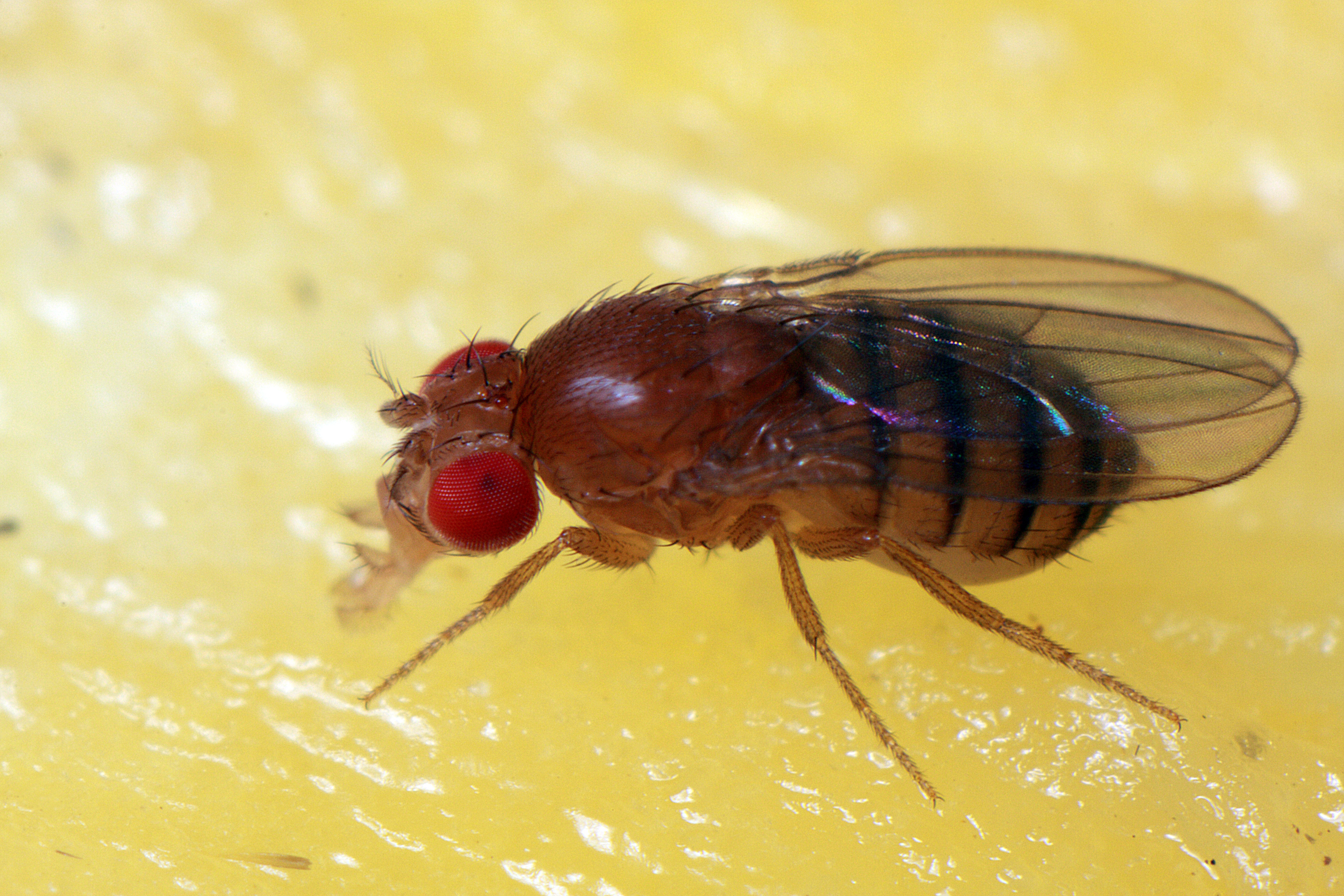This research was conducted by Yukiko Yamashita and her team on fruit fly germline stem cells and highlights the cells’ ability to retain their ribosomal DNA and continue to reproduce endlessly, giving immortality to these cells.
Ribosomal DNA contains genes for ribosomes, which create the cell’s protein. In this case, it has a flaw because some of these genes will form a loop and pop out of the genome during cell division. If too much rDNA is lost in each generation, it would hinder their ability to build proteins, leading to extinction. However, the research showed that this is not happening, and germline stem cells are able to maintain their rDNA.
The research team used microscopy techniques to visualize rDNA in fruit fly testes and observed that their stem cells have a built-in mechanism to retain these essential genes. This mechanism involves a skewed swap of genomic sequences between two identical chromosomes, leading to one chromosome having extra rDNA, which is then passed to daughter stem cells. Fruit Flies that lack ribosomal DNA have different appearances such as unusual abdomen patterns.
The implications of this research go beyond fruit flies. Understanding how rDNA repeats are maintained in various species, including humans, is crucial, and the process is expected to be conserved across different organisms, even if the specific molecules involved are not. This research provides valuable insights into the mechanisms of immortality in germline stem cells and has the potential to inform our understanding of similar processes in other species.
In AP Bio we learned about the production of proteins and their transport system. The endomembrane system consists of the nucleus, the nuclear membrane, ribosomes, the rough ER, vesicles, the Golgi body, and the cell membrane. The proteins are made by ribosomes, some of which rest on the rough ER and others that float in the cytoplasm. Then they are transported by vesicles to the Golgi body, where they are packaged with a lipid label, and transported to the cell membrane, through which they exit the cell. In the case of fruit fly testes, essential genes are preserved becasue along the protein’s formation and transportation, some of its proteins exit the genome allowing the cell to preserve them.
I chose this topic because the endomembrane system was my favorite thing to learn about, and I find genetic mutations interesting.
Where does the lost RNA go and what are the implications of it being in the cytoplasm?



Leave a Reply